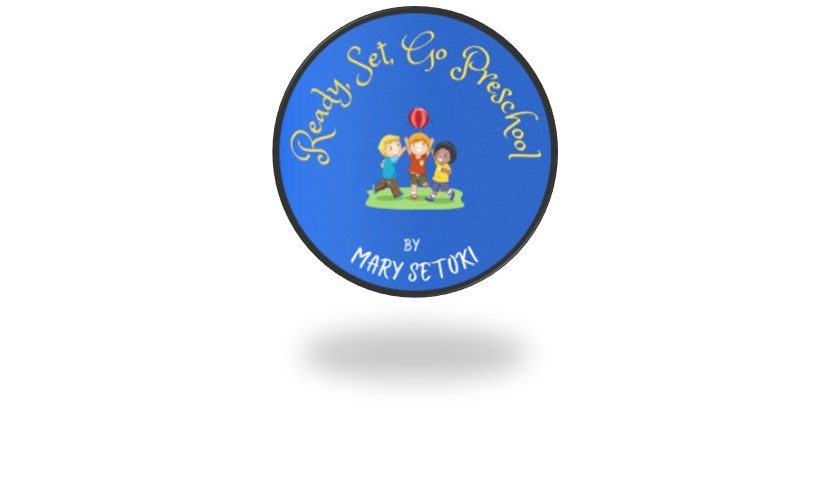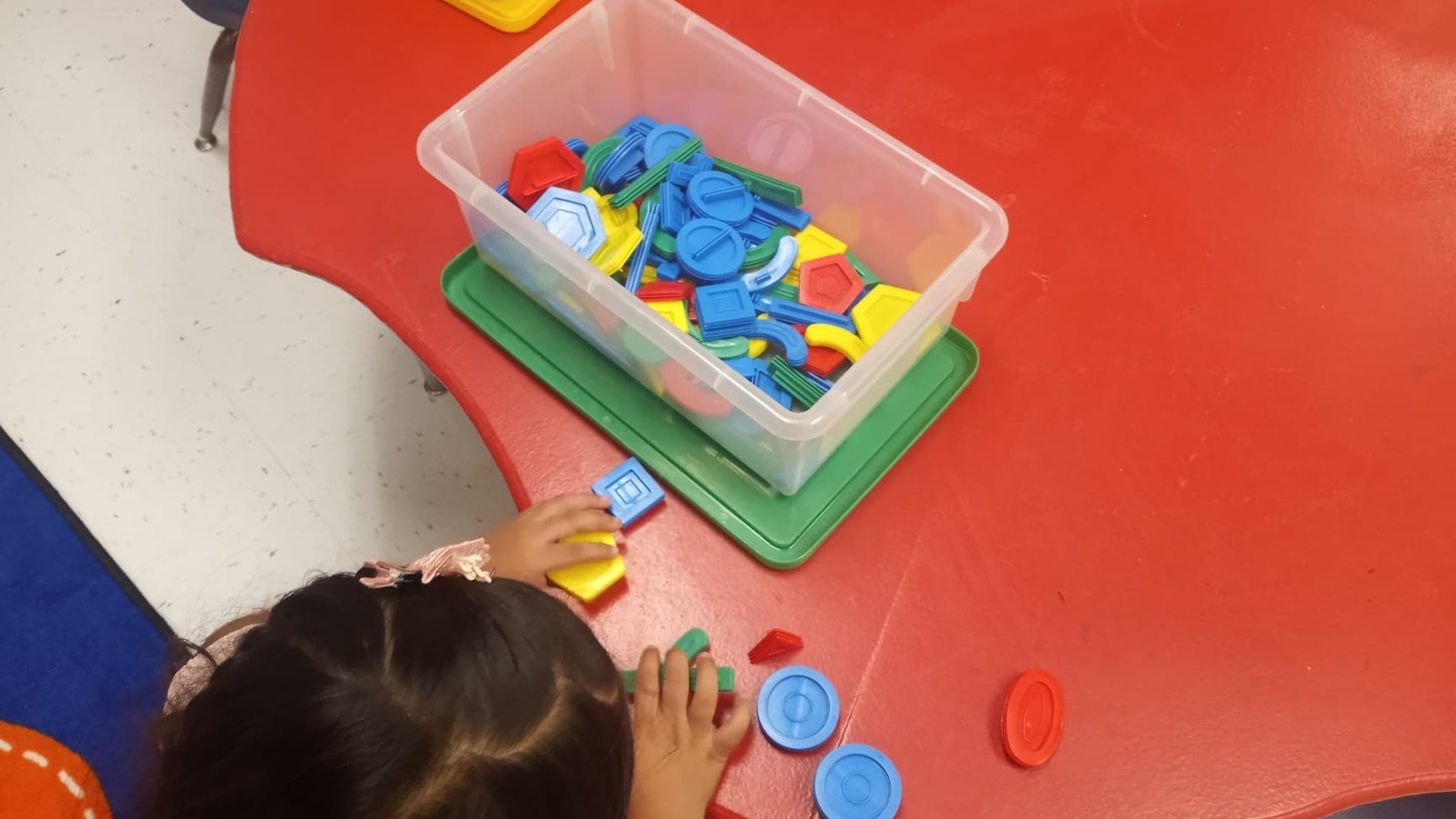Play-based learning
In Early Childhood Classrooms
What Is Play Based Learning?
Play-based learning is a hot topic in early childhood education. From small, home-based daycares to large preschools, educators are recognizing the value of making play-based learning the primary way that children learn and develop.

Play-based learning is a valuable and essential component of early childhood education. Through the power of play, young children can learn and explore the world around them in a fun and safe environment.
Not only does play-based learning provide children with the opportunity to develop and refine important social and cognitive skills, but it also helps to foster a love of learning that will stick with them as they get older. In this blog post, we will discuss the benefits of play-based learning, tips for implementing it, and resources to learn more.
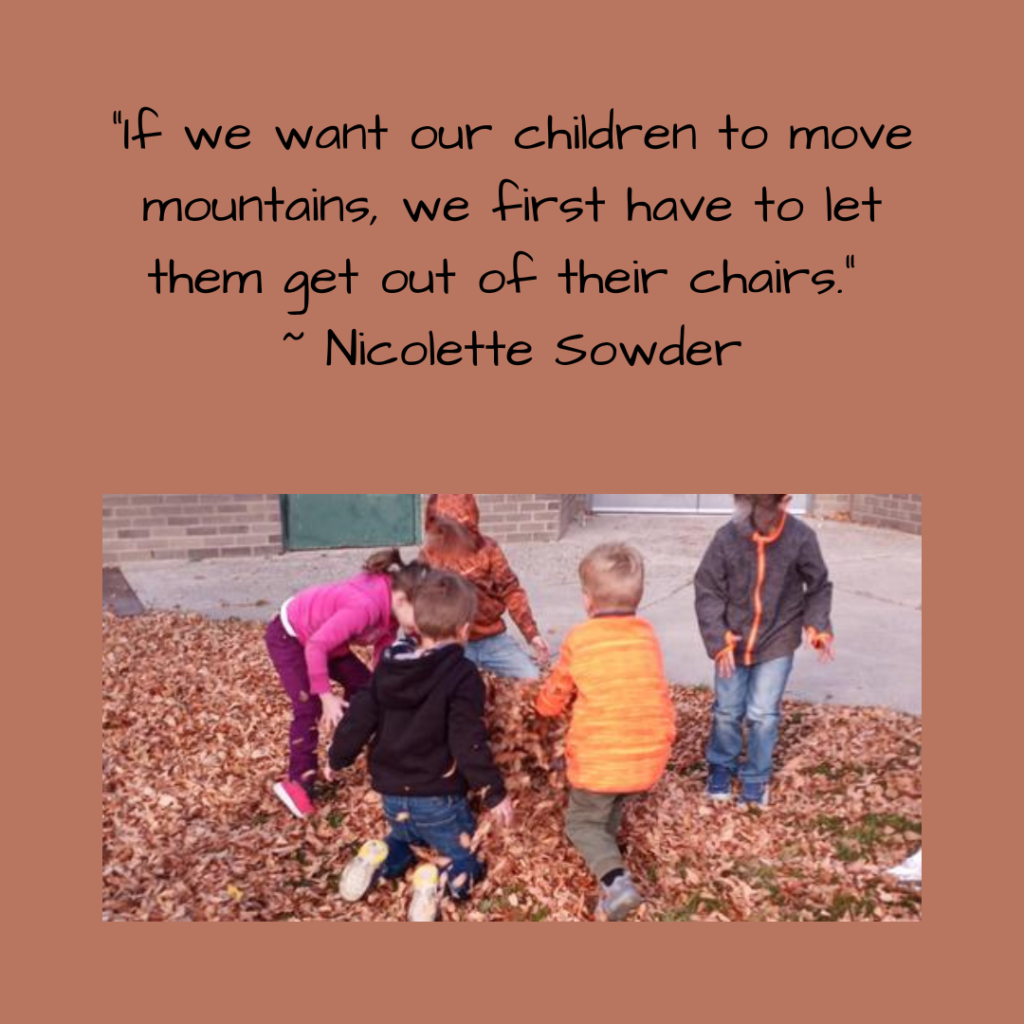
Benefits Of Play Based Learning
Play-based learning is a type of educational approach that is centered around the idea that young children learn best through play. With this approach to learning children are encouraged to learn by engaging in physical and mental activities associated with play. It is based on the idea that young children learn best through experiential learning. This means they learn best through hands-on exploration, experimentation and discovery.
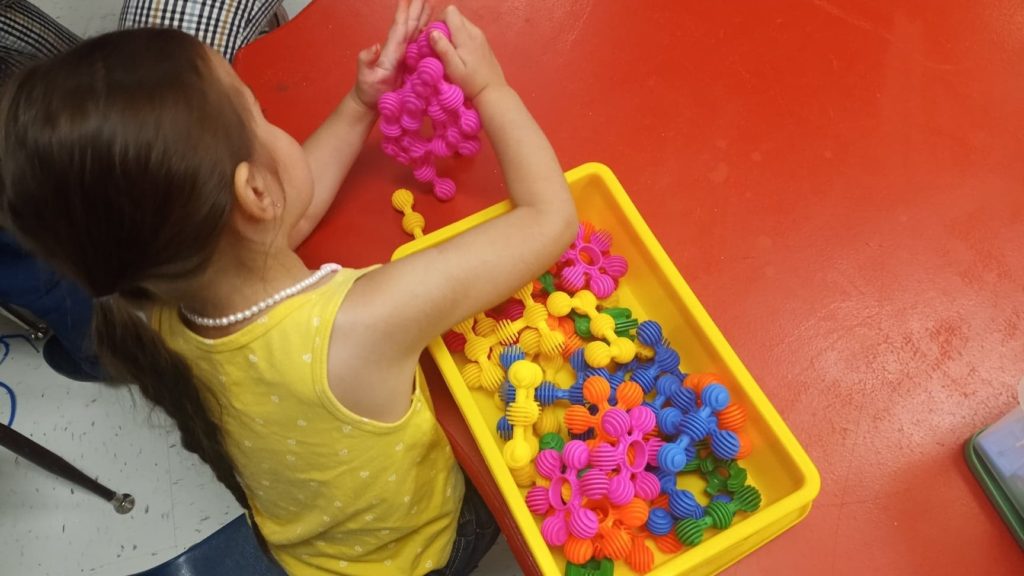
Through play, children are able to develop cognitive, language, physical, social, and emotional skills that are essential for their overall development. This type of learning allows children to explore and learn at their own pace. It also creates a stimulating and enjoyable learning environment in which children develop a range of valuable developmental skills.
Tips For Implementing Play Based Learning
Play-based learning is an important part of early childhood development and education. To ensure that children are getting the most out of this method, it is important to know how to facilitate it. Here are a few tips for implementing successful play-based learning in your classroom.
Create a Developmentally Appropriate Environment
The first step is to create a developmentally appropriate environment. There should be a wide variety of play areas such as: Dramatic Play, Library with childsize furniture, Sand and Water Tables that can be used for a variety of sensory play activities, Blocks and puzzles, and a variety of toys and games. These play areas should be safe and child-friendly. There should be resources that are open-ended and will give children the opportujnity to use their creativity.

Encourage Self-Direction and Reflection
Plan-Do-Review is a method for having children think about or plan their play, then play, and finally to talk about their play. It is important to encourage children to take the lead in their play. By allowing them to choose the directions and types of play, you are helping to foster a sense of independence and autonomy. Allow children the opportunity to explore, discover, and make mistakes in their play. And then don’t forget to have the children tell about their play which develops cognitive and language skills.
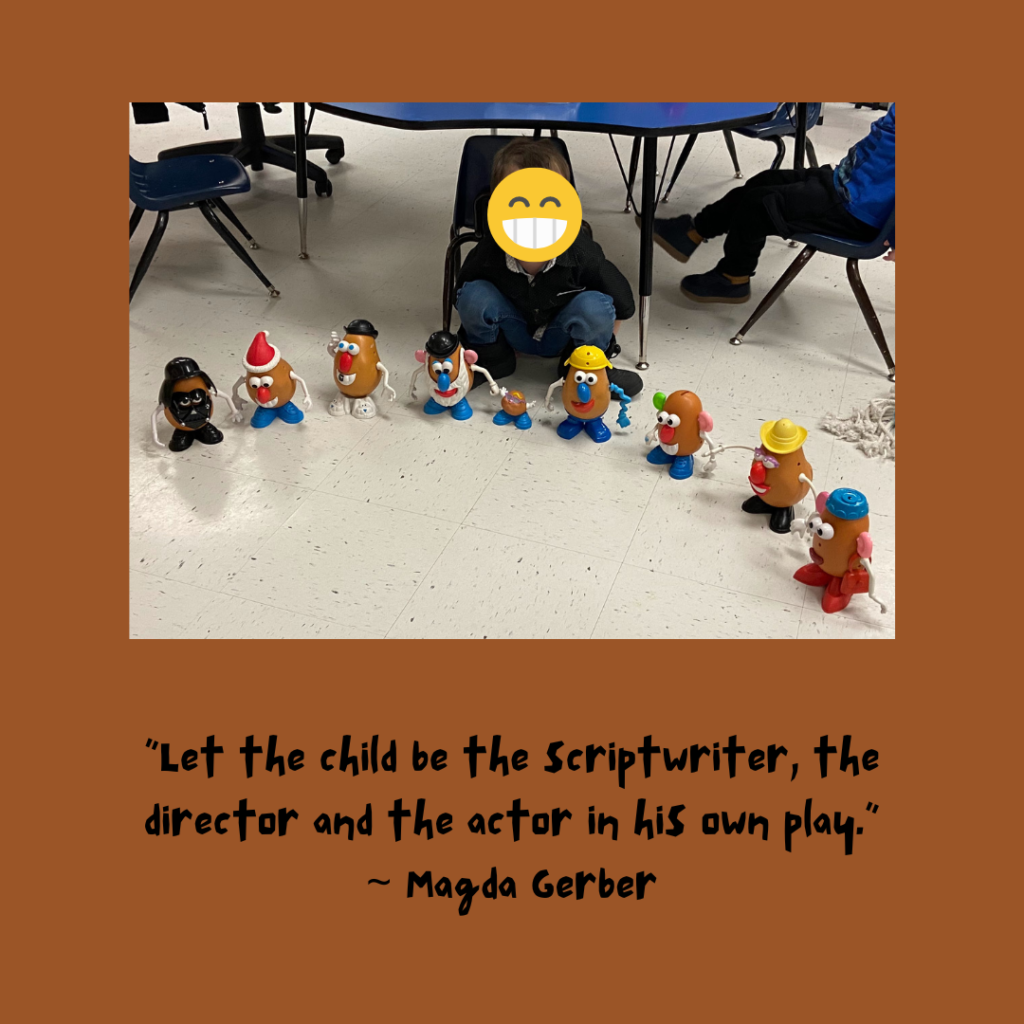
Provide Opportunities for Meaningful Experiences
Even though play-based learning is mostly unstructured, it is important to provide some structure in your day Scheduling activities such as cooking experiences, music and movement, etc. can introduce new ideas for their own exploration and creativity. These more structured activities can help to develop fine, gross, and perceptual motor skills. Planning structure for your day, such as circle time, small group, read-aloud, etc. will help children to develop a sense of the passing of time.
Model Language and Behavior
As an educator, it is important to model the behavior you want your students to show while engaging in play-based learning. Many young children struggle with using the grammatically correct language. Model sentences such as, “Can I play with you?”, or “Can I have my toy back please?”. Participate in activities with children and model for your students how to successfully join a group at play, how to share, and to take turns. Model how to come up with a new idea when what they are trying to do, doesn’t work,
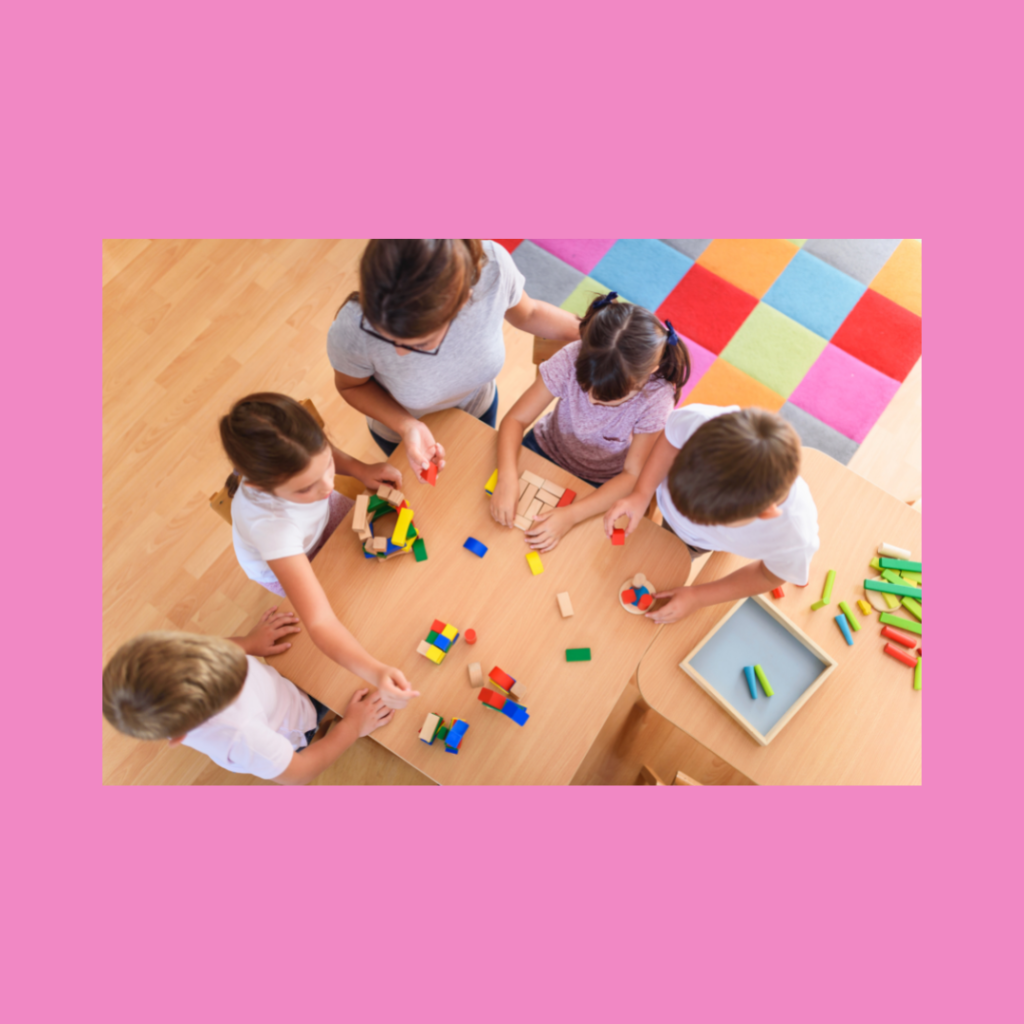
Foster Positive Relationships
It is important to encourage interaction among children while they are playing. Create a safe and supportive environment that encourages collaboration and encourages positive social behavior. Promote positive interactions through open discussions and team activities. This can help to develop important social and emotional skills. Adults should participate as much as possible in play to encourage positive adult and peer relationships.
Resources To Learn More About
Play-Based Learning
In the digital age, resources to learn more about the importance of play-based learning in early childhood are plentiful and easily accessible. Here are a few great places to start:
1. Websites such as PBS Parents, Zero to Three, and Edutopia provide valuable information about play-based learning and tips on how to incorporate it into a child’s educational experience.
2. Numerous books have been written on this topic , such as the classic “The Power of Play” by David Elkind and the more recent “Play: How It Shapes the Brain, Opens the Imagination, and Invigorates the Soul” by Stuart Brown.
3. If you prefer to learn through videos, there are plenty available on YouTube covering topics such as the benefits of play-based learning, the theory behind it, and simple activities parents can do at home with their children.
No matter your preferred method of learning, there are plenty of resources available to those who are interested in learning more about the importance of play-based learning in early childhood.
